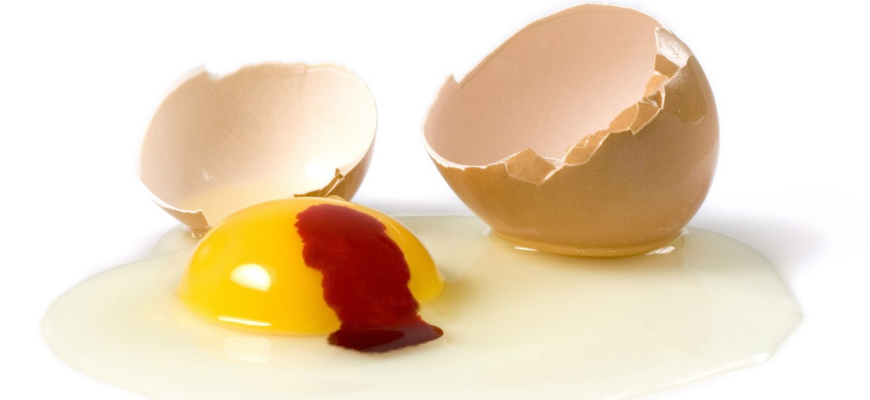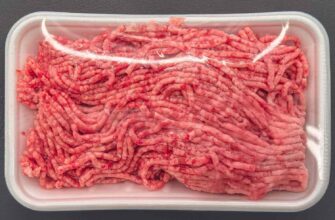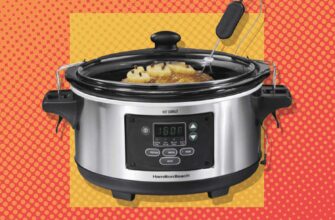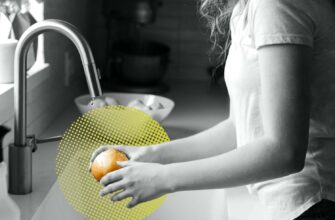Close
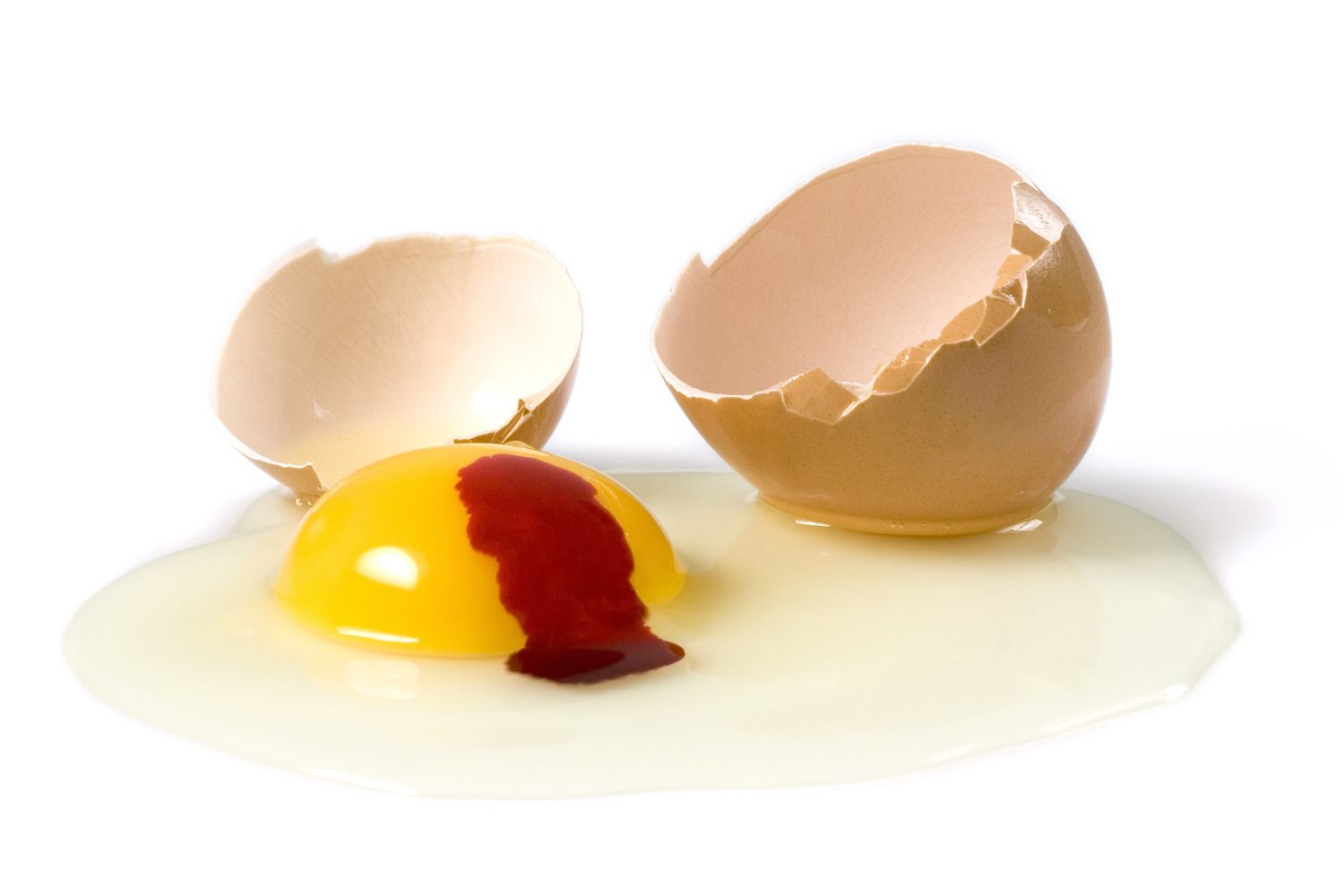
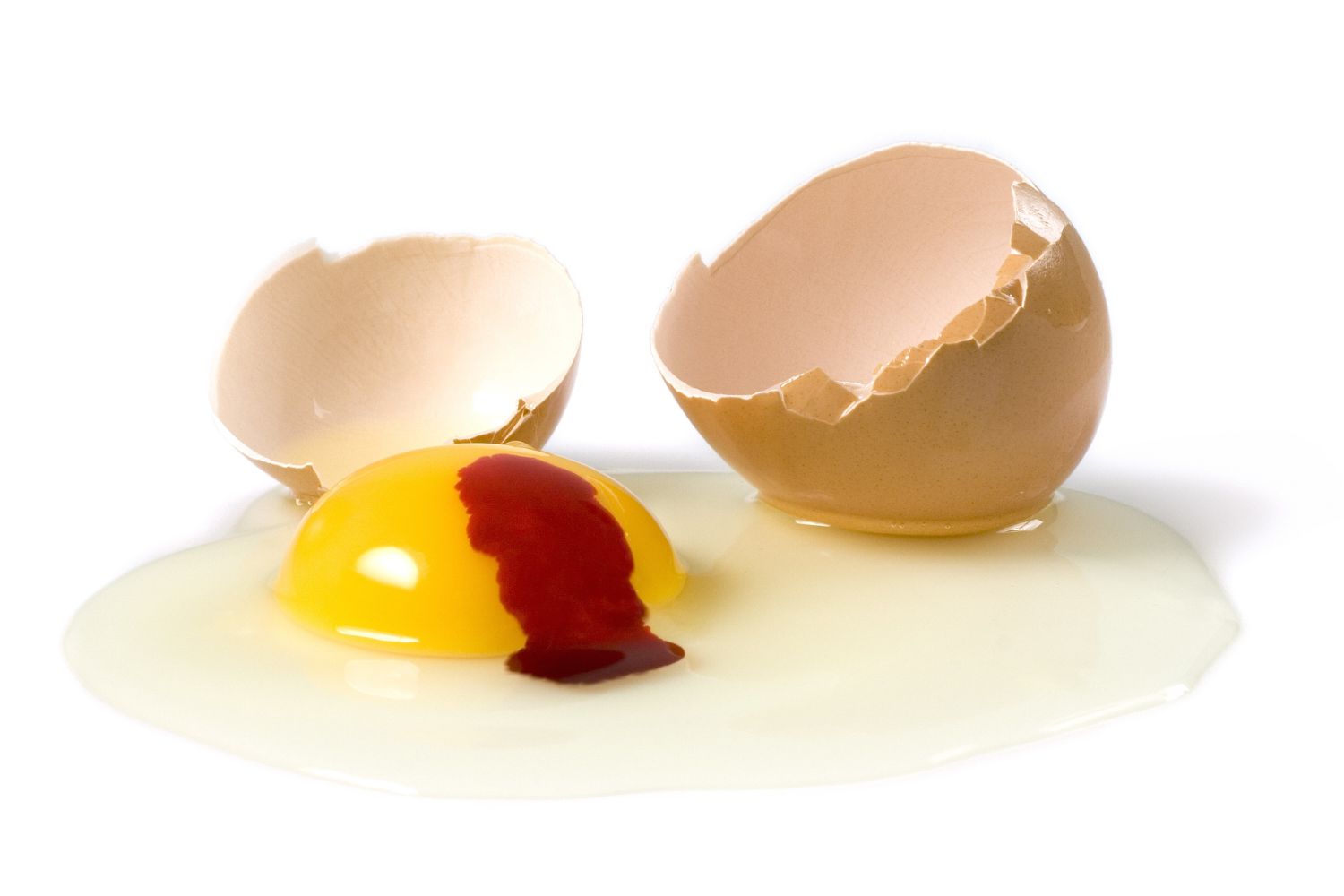
Photo:
Getty Images
Over the past few years, eggs have transcended from being a kitchen staple to a symbol for our economy. And even among shortages, they’re impossible to live without. So when you do have eggs, the last thing you want to do is let them—and your dollars—go to waste.
A blood-red spot in your egg yolk or white isn’t exactly a welcome sight while you’re making breakfast. We understand your concern, but there’s no need to panic. Here’s everything you need to know about blood spots in eggs, including whether they’re safe to eat and what causes them in the first place.
The Secret to Fluffy Scrambled Eggs
Why Does My Egg Have Blood Spots?
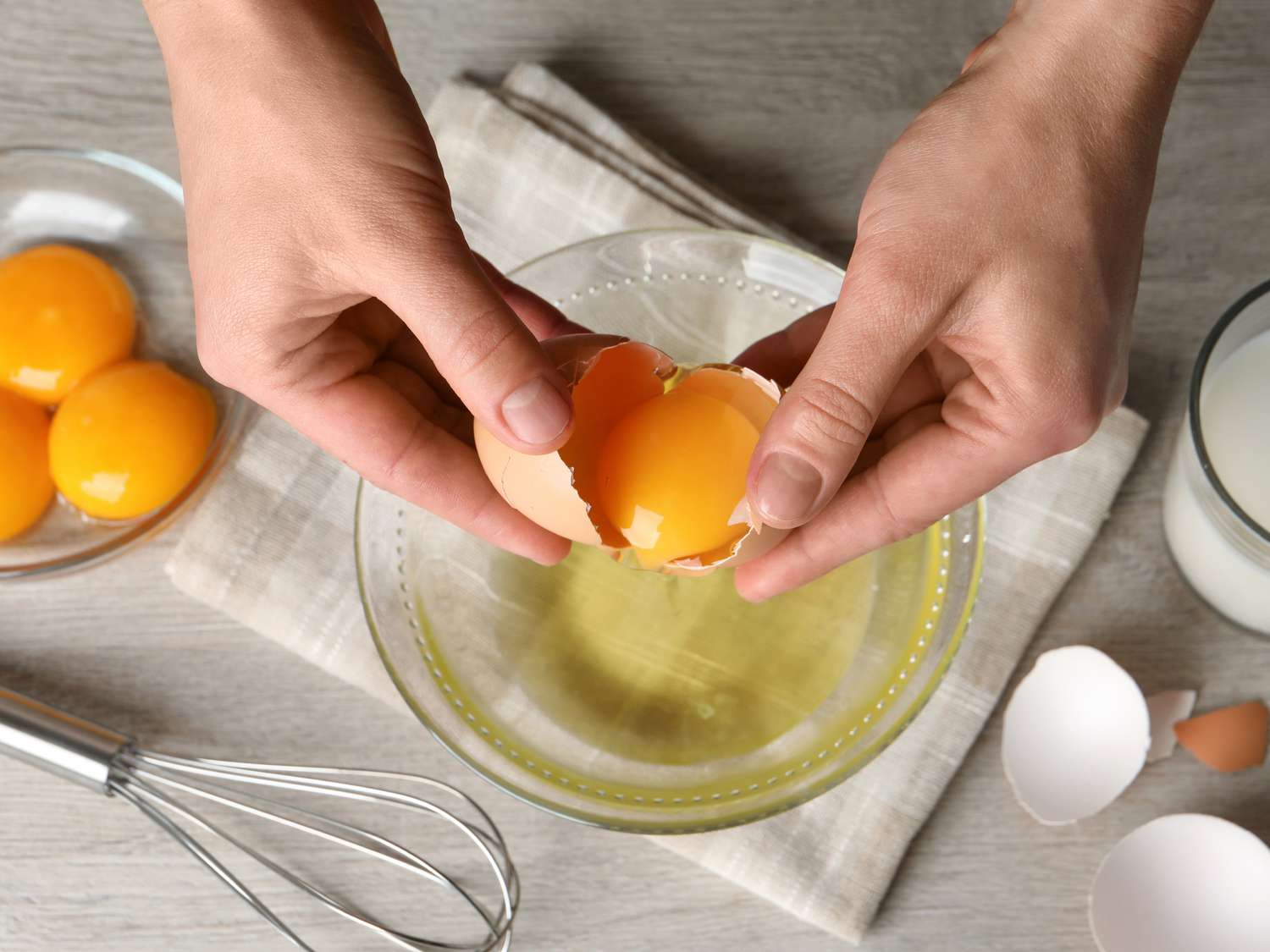
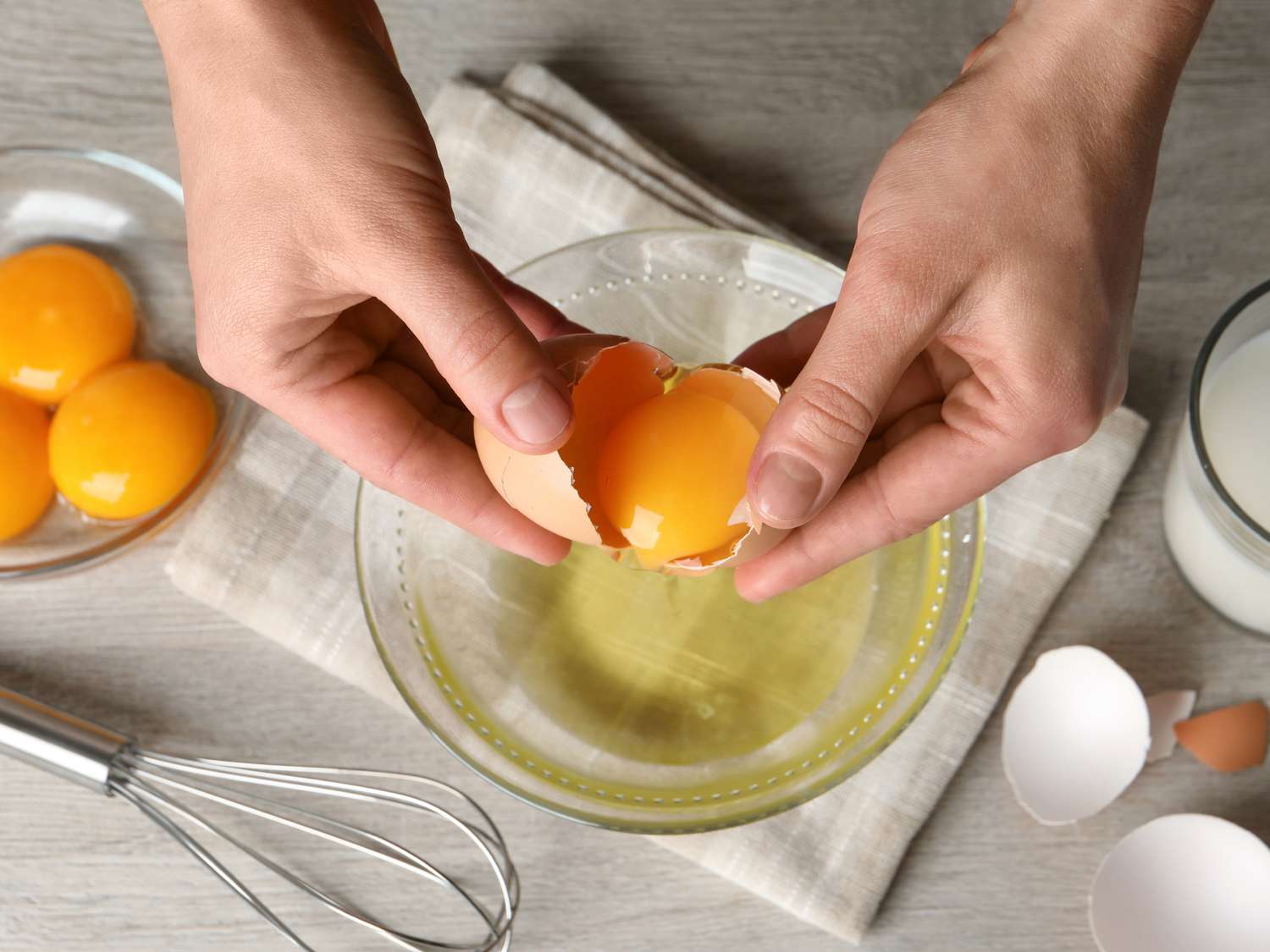
Liudmila Chernetska/Getty Images
According to Nellie’s Free Range Eggs, blood spots in eggs are caused by blood vessels rupturing during the eggs’ formation. They’re not fertilized eggs or chicken embryos, and they don’t change the nature of the egg. Think of these blood spots like bruises, since they’re caused by the exact same thing. Nellie’s also notes that blood spots in eggs are more likely to occur when hens “get excited by changes in lighting … temperature, or simply shifting seasons.”
Most of the time, a blood spot doesn’t indicate a severe injury. “It doesn’t necessarily mean the chicken is stressed or anything like that,” says Katie Kriner, market manager at East Atlanta Village Farmers Market. “Even the healthiest chickens may experience this.”
Blood spots seldom appear in store-bought eggs, thanks to USDA regulation. However, if you’re getting your eggs from an independent farm, farmers’ market, or backyard chickens, there’s a higher probability you’ll encounter them.
Can I Eat Eggs With Blood Spots?
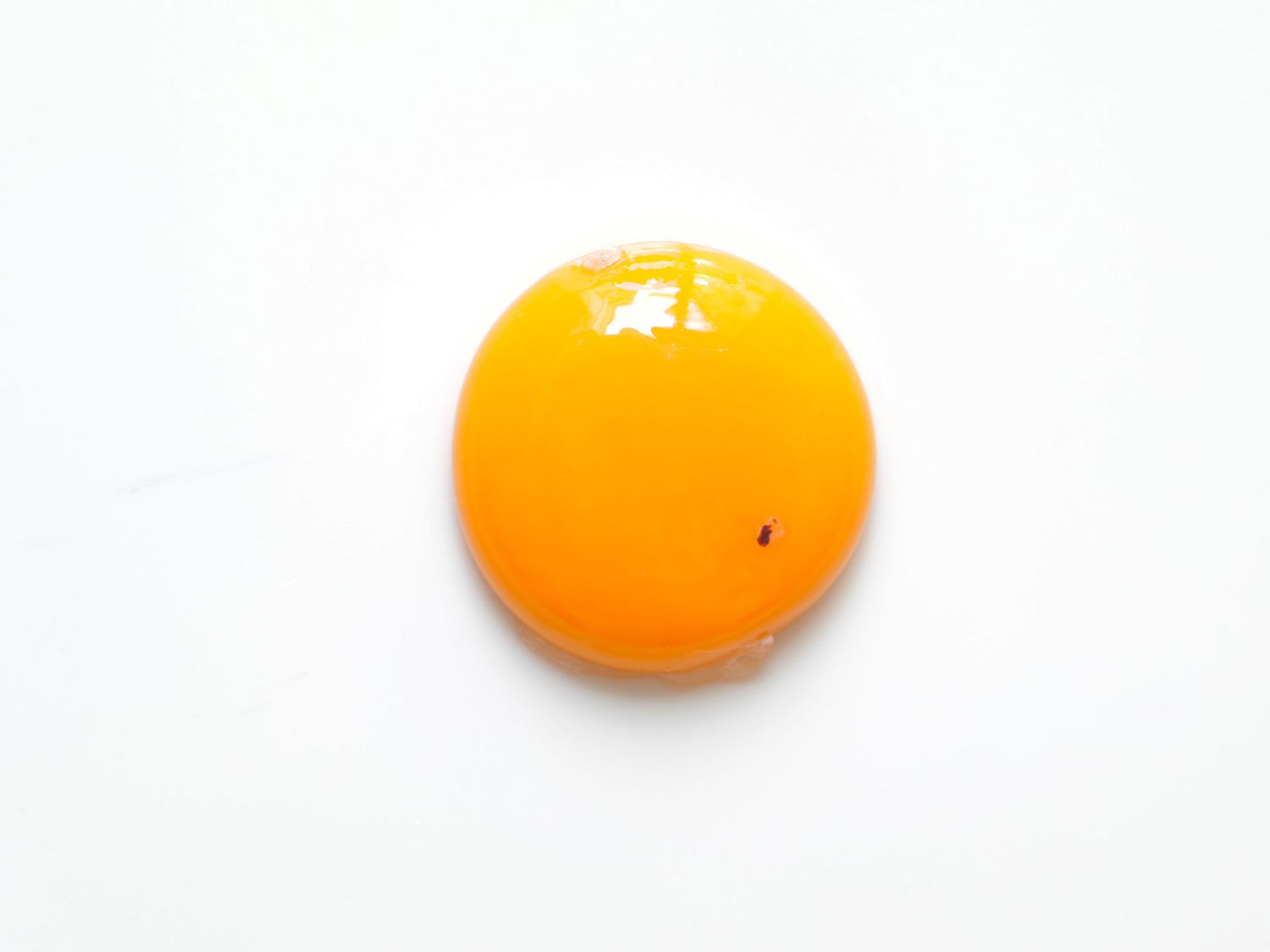
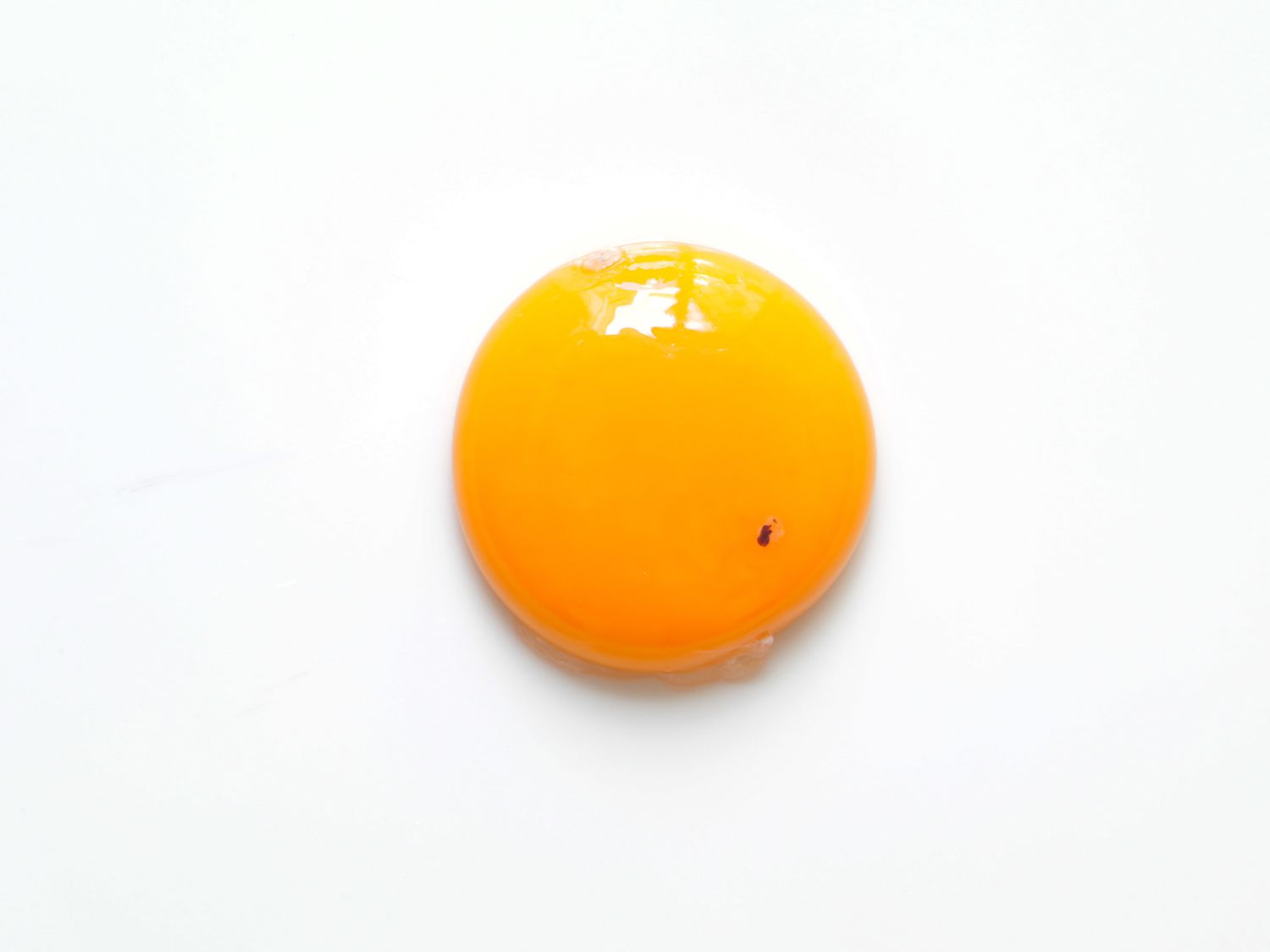
Getty Images
Well, it depends on who you ask—generally, eggs with blood spots aren’t a cause for concern. According to the USDA, eggs with blood or meat spots don’t indicate anything out of the ordinary and are safe to eat.
Kriner, who raises chickens and has a bachelor’s degree in nutrition science and dietetics, has no reservations about eating eggs with blood spots. “Cook ’em like normal, and you won’t taste or feel a difference,” she says. “It’s more of a “blemish” at that point.” If you want to eat the egg without the spot, you can remove it with a clean utensil before cooking.
The only way to tell at home if an egg has a blood spot is by cracking it open and looking for a small red or brown spot on the yolk or egg white. But some commercially sold eggs go through a process called "candling" where a bright light is shone through the egg to detect imperfections like blood spots. Eggs with spots are discarded, but some can slip through to consumers’ cartons.
However, independent farmers are advised not to sell eggs with blood spots for liability concerns. “They are not ok for selling to individuals or anyone by policy of the Department of Agriculture,” says Gabriel Jiminez-Brown, farmer and co-founder of Caribe United Farm in Oglethorpe County, Georgia.” We keep these eggs in our home and we eat them, but we are not allowed to sell them.”
Is It Safe to Eat a Boiled Egg With a Green Ring Around the Yolk?
Was this page helpful?
Thanks for your feedback!
Tell us why!
Other
Submit
